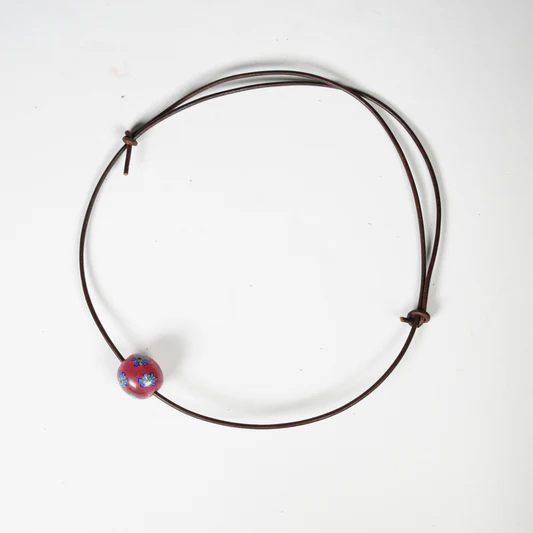Glass Beads Bracelet / Turquoise Blue
Before you buy
The Suigenkyo Online Store carries handmade works by artisans from all over Japan.
Please note that the design, etc. may differ slightly from the photo due to the handmade nature of the product.
Please be aware that there may be a delay in reflecting the inventory of one-of-a-kind items because they are also sold by the artisans, and they may be out of stock. In such cases, we will cancel your order.
Shipping
- Orders over $150 qualify for free shipping.
- Orders under $150 will incur a shipping fee, which is automatically calculated at checkout.
Customs and VAT
- Please be aware that customs duties and VAT may apply at the time of delivery.
- The customer is responsible for the payment of any customs duties and VAT.
- Customs duties and VAT are non-refundable.
※It would be appreciated if you could check the customs duties in advance on your country's customs website.
Delivery Services
- Japan Post
- DHL
Delivery Time
- If the item is in stock, it will be dispatched within approximately one week.
- If the item is out of stock, the production time varies depending on the product. Please check the Delivery Date in the Material & Caution section of the product description.
Last updated: 9/3/2024
Product Description : Why is it so EXPENSIVE?
Product Story
General Product Information
This bracelet is made of turquoise blue dragonfly beads. It has a leather string through which the size can be adjusted.It uses the flower-patterned dragonfly beads that are representative of the work of Tombo Dama Studio Fujimura. Crystal glass is used for the glass, and it has the unique weight and glittering beauty of crystal glass.
Charcoal is used throughout the entire process, from the production of the glass fabric to the wrapping of the colored glass around the glass core and the application of the patterned parts.
The natural temperature fluctuations brought by the charcoal fire create depth, resulting in unique, charming, and expressive dragonfly beads.
The texture is also one of the characteristic of this craft, and by increasing the ratio of pigments, the contrast of the patterns is enhanced, resulting in a thick, rich color.
Product History
When did these crafts start to craft?:1300 years ago / 700AD / Nara period in Japan
Tombodama, or Japanese glass beads, have a rich history that spans several centuries, tracing back to the Nara period (710-794 AD) when they were first introduced to Japan from the Asian continent. Initially, these beads were highly prized as exotic treasures and were used as decorative items or in jewelry, symbolizing wealth and status.
The production and popularity of tombodama saw significant growth during the Edo period (1603-1868), where skilled artisans began to develop and refine various techniques for making these intricate glass beads. The methods included melting colored glass rods to wrap around a metal rod, creating a bead which could then be embellished with additional layers of glass to form patterns, often floral or geometric. These beads were not only used in jewelry but also incorporated into kimono accessories and as part of samurai garment decorations, reflecting their widespread appeal across different classes.
The Meiji period (1868-1912) introduced Western influences and technologies, further enriching the art of tombodama making. Artisans experimented with new glass types and techniques, enhancing the quality and variety of designs. However, the advent of modernization and changing fashion trends led to a decline in traditional tombodama production by the mid-20th century.
In recent decades, there has been a revival of interest in tombodama, driven by a renewed appreciation for traditional crafts and cultural heritage. Artisans, both in Japan and around the world, continue to preserve and innovate upon the ancient techniques, producing beads that are cherished for their historical significance as well as their artistic beauty. Today, tombodama are not only valuable collectibles but also serve as a symbol of Japanese craftsmanship and aesthetic sensibilities, bridging the past with the present.
Craftsman Story
Craftsman Profile
Shigeki Fujimura / Fujimura Tombodama Studio
In the present day, the majority of tombodama (Japanese glass beads) are made using modern equipment such as gas or oil burners and lamps, utilizing pre-made glass. However, when it comes to restoring especially ancient beads, the limitations of using pre-made colored glass become apparent. Shigeki Fujimura's Tombodama Workshop adheres to the traditional methods of the Edo period, as intended by the predecessor, creating colored glass from scratch and finishing the beads entirely with charcoal fire. It is the only workshop that continues to replicate and preserve these ancient techniques. The depth of the colors achieved through this traditional method emits the cherished brilliance loved by people in ancient times.

Craftsman Passion
"Creating exceptional products with a commitment to the beauty of the ancient world without ceasing to be beautiful."
We produce all of our dragonfly beads by hand, one by one, using a traditional method that has been in use since the Edo period.
Please enjoy the deep coloring unique to the traditional crafting method.
Your Contribution to Craftsman
Customer Voice
Due to the market structure (link for full articles are attached bottom), craftsman have not known who the customer is and how customer reacts to their work. We made a “Message to Craftsman” box at purchase page. We will deliver all message to every craftsman. Our review will be also shared to craftsman so please leave your comment and evaluation on review section!
Income for Craftsman: Craftsman get only less than 10% of selling price?
As written above, craftsman have not controlled last phase of sales channel that resulting in selling price is set by third-party without craftsman’s recognition. There are some cases that only less than 10% of selling price is given to craftsman. We promise with our customer / craftsman that we offer the fair trade with craftsmen in our contract!
We made an article about above problem and our challenge. Please have a read from below link
Current state of the Crafts Market / Benefits brought by Suigenkyo
Measurement
Beads
Width:1cm (0.39 inch)
Depth:1cm (0.39 inch)
Height:1cm (0.39 inch)
Weight:4g
Material & Caution
Materials
Glass
Caution
Individual Difference
Each piece is handmade, so there are individual differences even in the same series. We hope that you will understand the change by handmade.
Delivery Date
Please note that it will take about a month for delivery if we do not have the item in stock.
Other items by this vendor
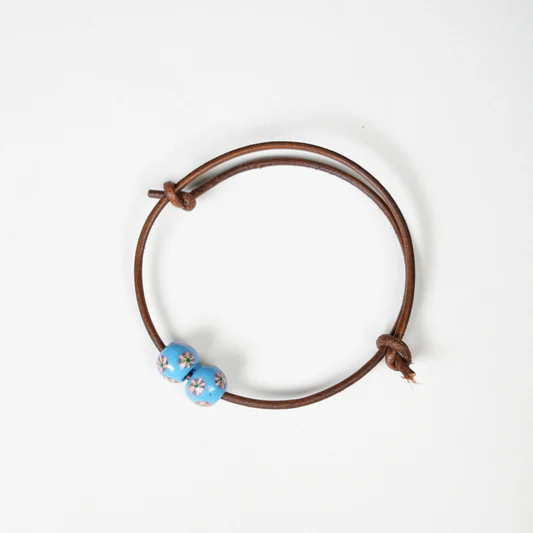
Glass Beads Bracelet / Turquoise Blue

Glass Beads Neckalce / Jade
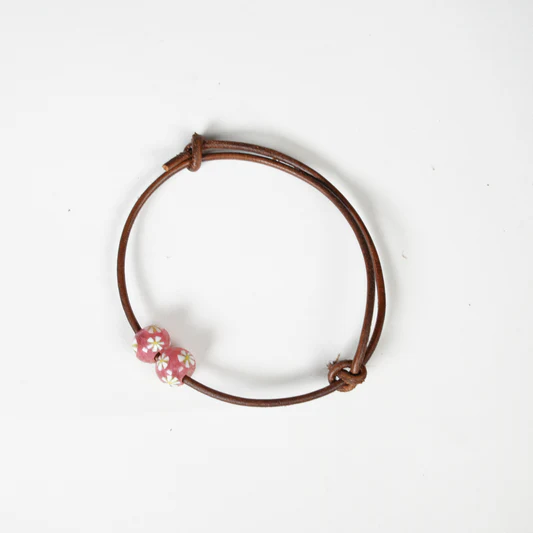
Glass Beads Bracelet / Red
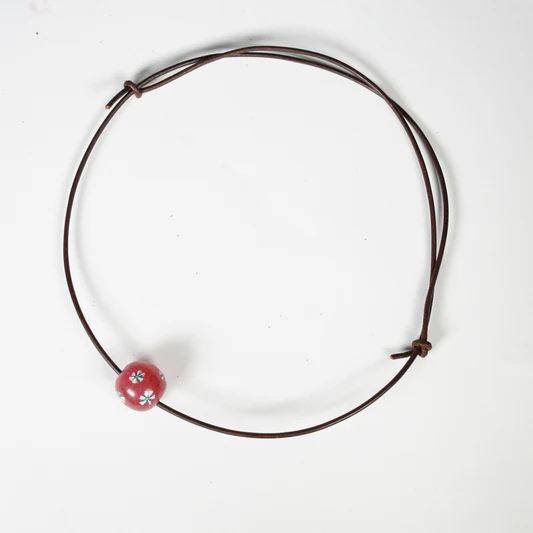
Glass Beads Neckalce / Red and White Flower

Glass Beads Neckalce / Red
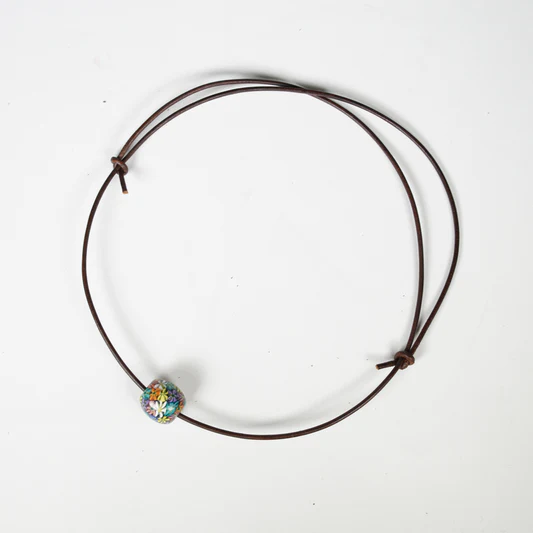
Glass Beads Neckalce / Colorful
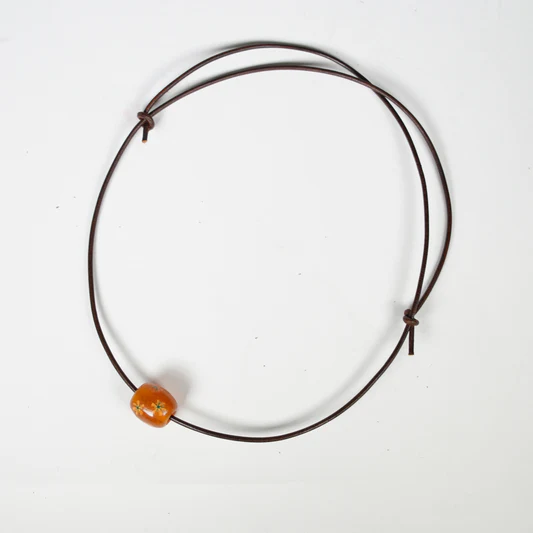
Glass Beads Neckalce / Orange
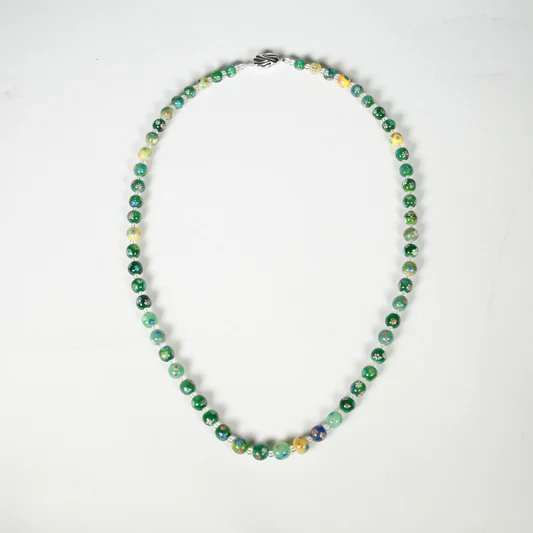
Glass Beads Neckalce / Green
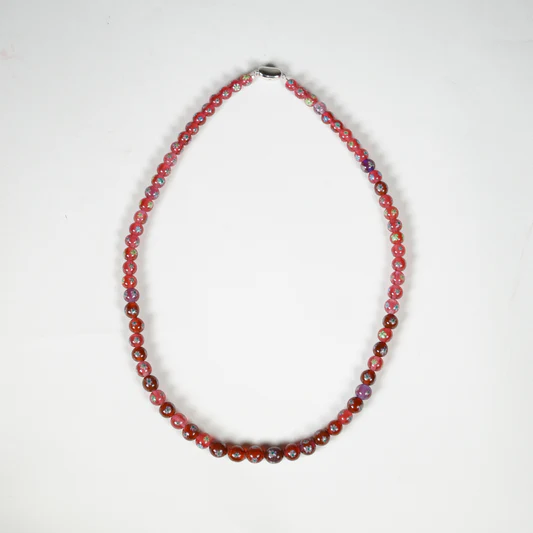
Glass Beads Neckalce / Red
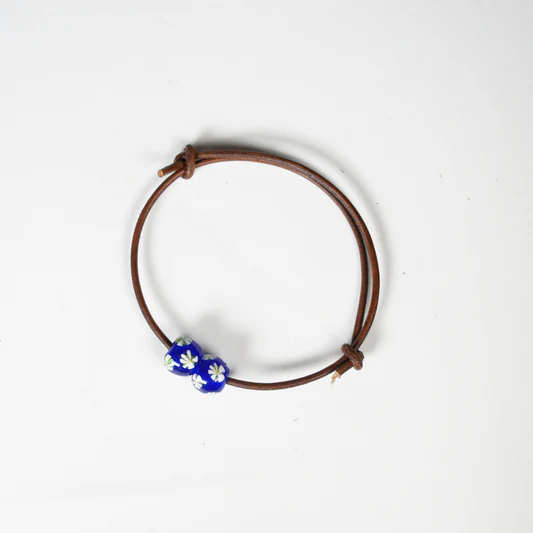
Glass Beads Bracelet / Blue
